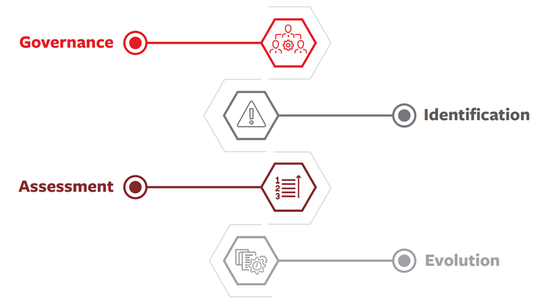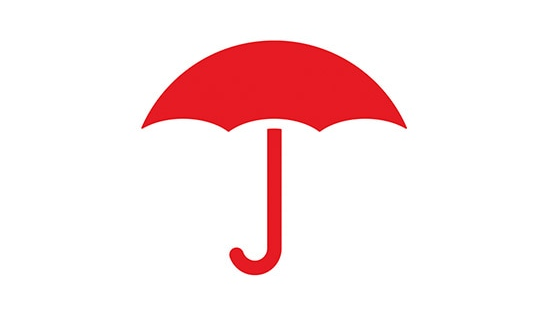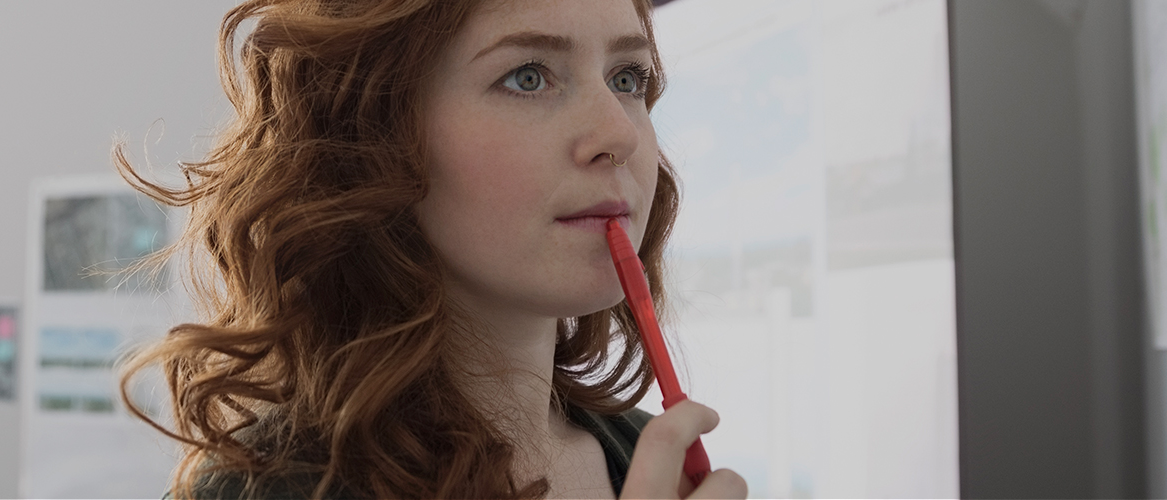A business continuity plan can help you recover faster
Business Continuity Resources
How to Protect Your Business Property During Times of Civil Unrest
Civil unrest may be a risk left unaddressed in your business planning. Are you prepared? Learn from Travelers how to protect your business property during protests.
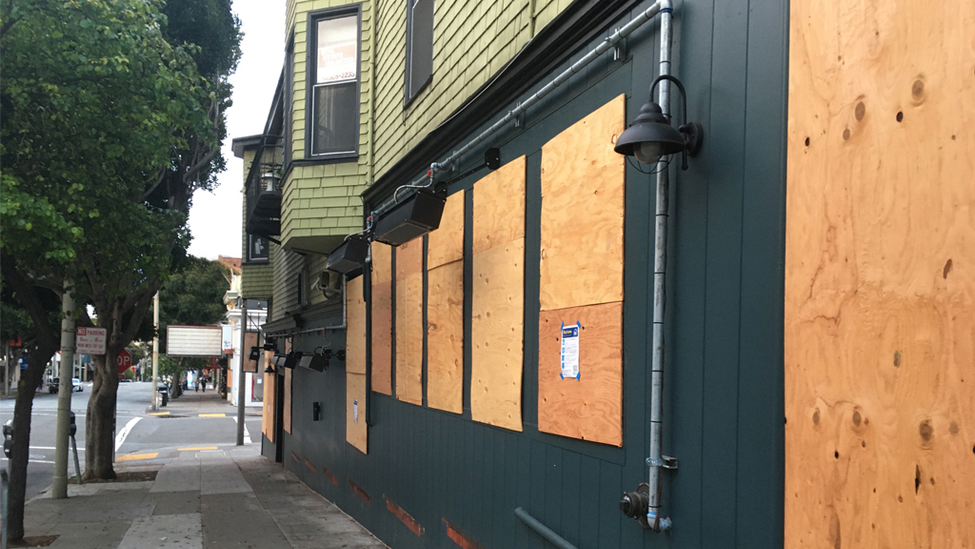
Business Continuity Resources
Navigating Modern Business Risk in the Face of Accelerating Economic Headwinds
Learn strategies for navigating business risks through modern economic challenges.
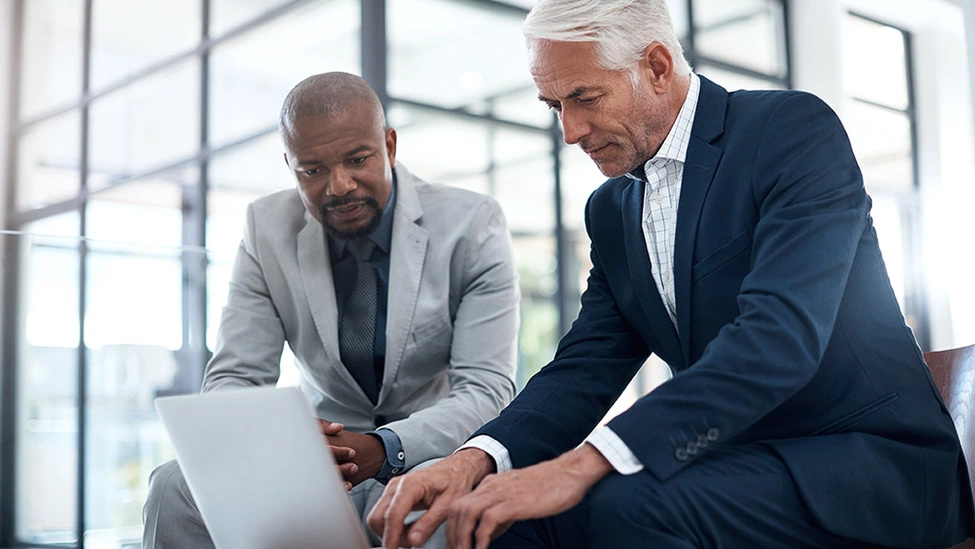
Business Continuity Resources
6 Risk Management Tips for Healthcare Business Continuity Planning
Risk management in healthcare is a tough job. Learn about six important considerations for healthcare business continuity planning and how Travelers can help.

Business Continuity Resources
Why Is Business Continuity Important?
Learn how a comprehensive business continuity plan can help manage risk, and why it is a critical part of any comprehensive disaster recovery strategy.

Business Continuity Resources
Business Risk Assessment
Performing a business risk assessment can help you be prepared for threats to your business.
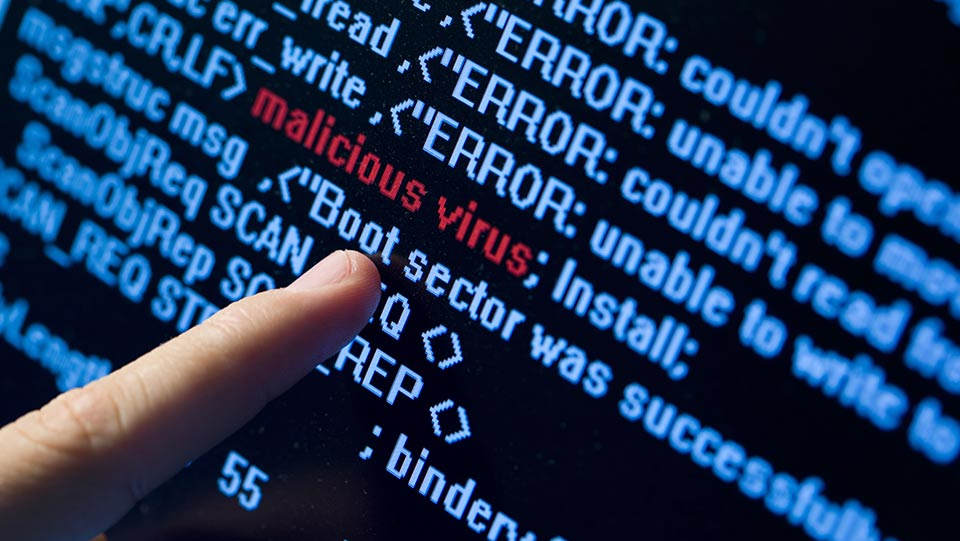
Business Continuity Resources
Employee Communication and Safety
After disaster strikes, your first consideration should be your employees. Learn about employee safety and communication after a disaster.
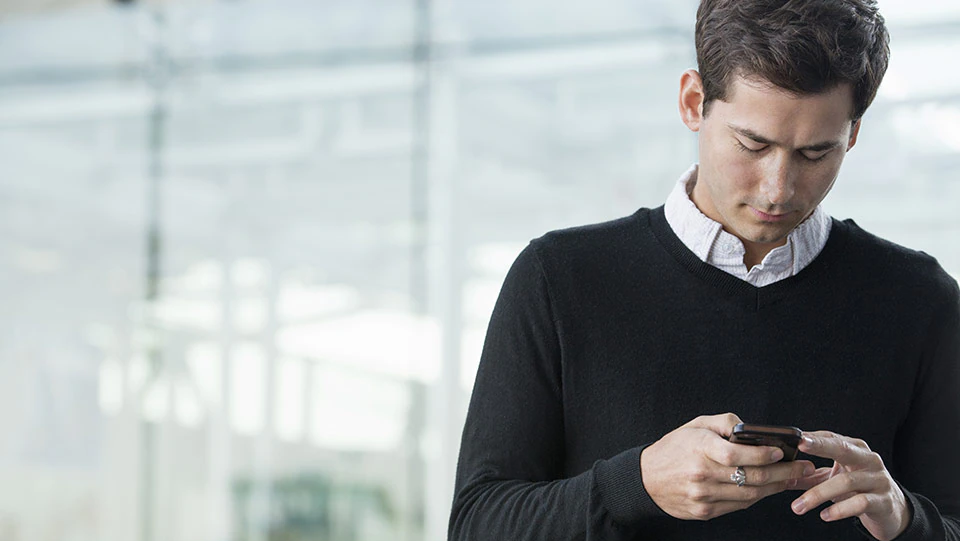
Business Continuity Resources
What Is Contractual Risk Transfer?
Making sure you're not held responsible for mistakes or errors made by a service provider, subcontractor or other party can be critical to protecting your business.
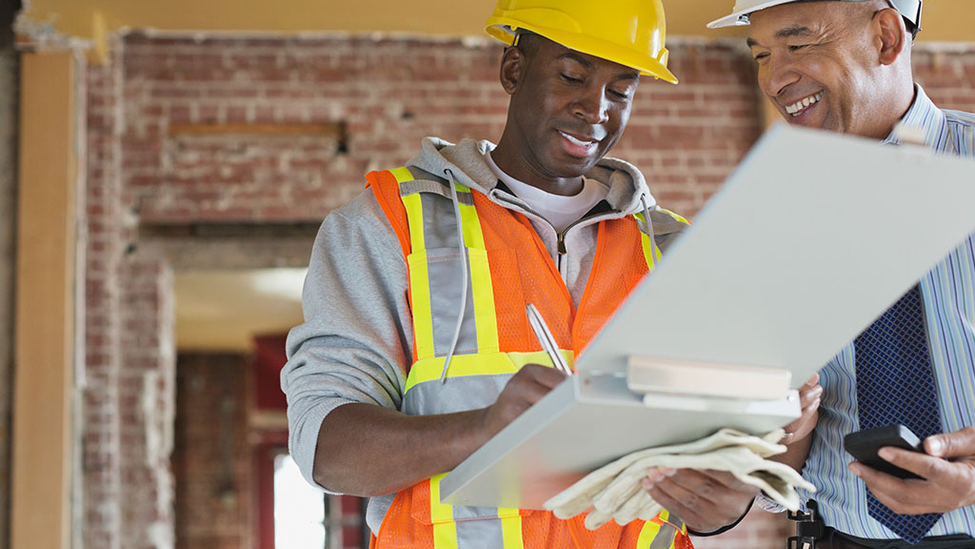
Business Continuity Resources
Business Continuity Planning in 4 Steps
Having a strategy – before an event happens – helps to maximize the chance your business can recover while minimizing the loss of life, property and assets.

Business Continuity Resources
Ways to Strengthen Enterprise Risk Management Programs
Here are some tips to strengthen your Enterprise Risk Management (ERM) program through anticipating, predicting and mitigating adverse events.
